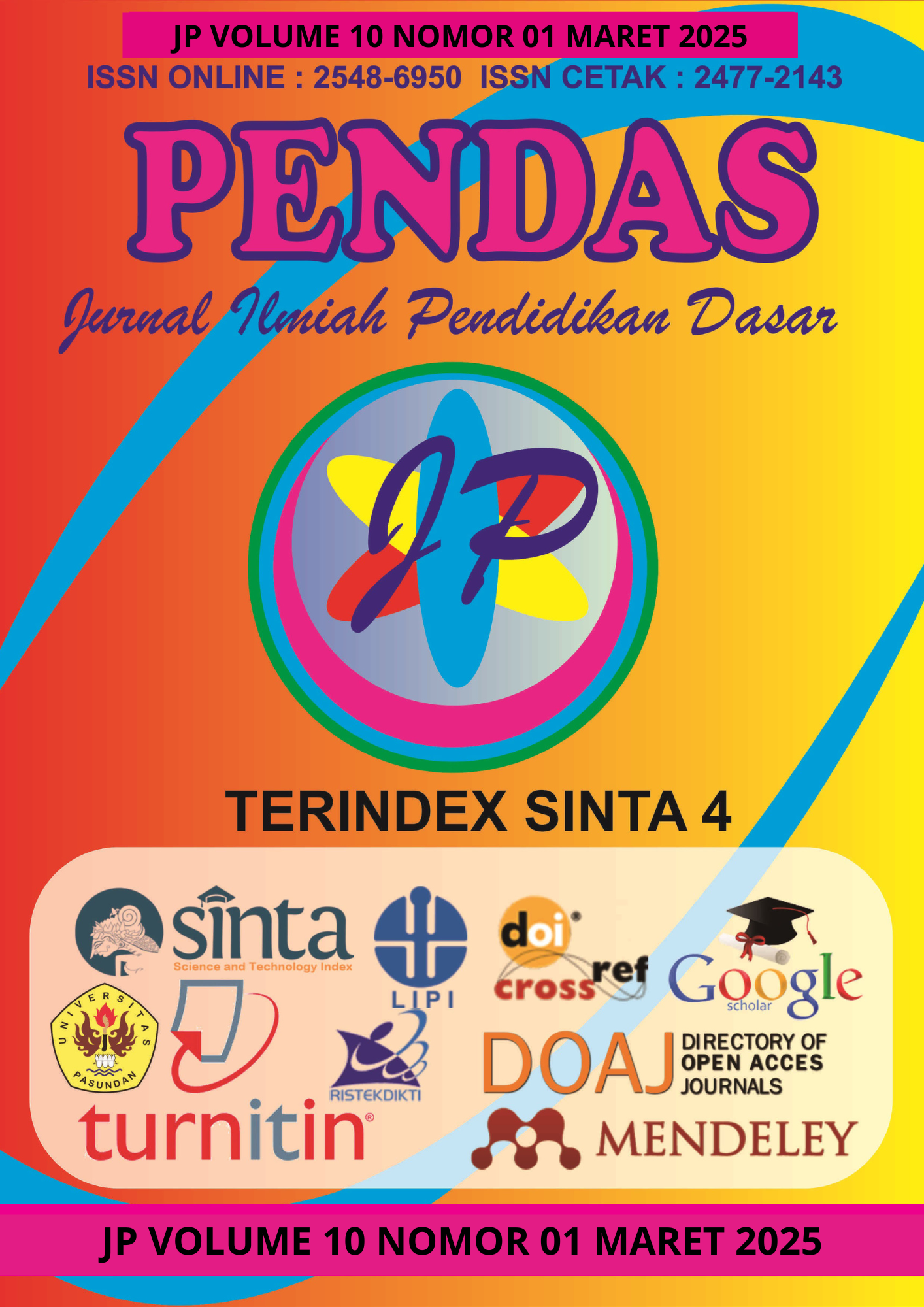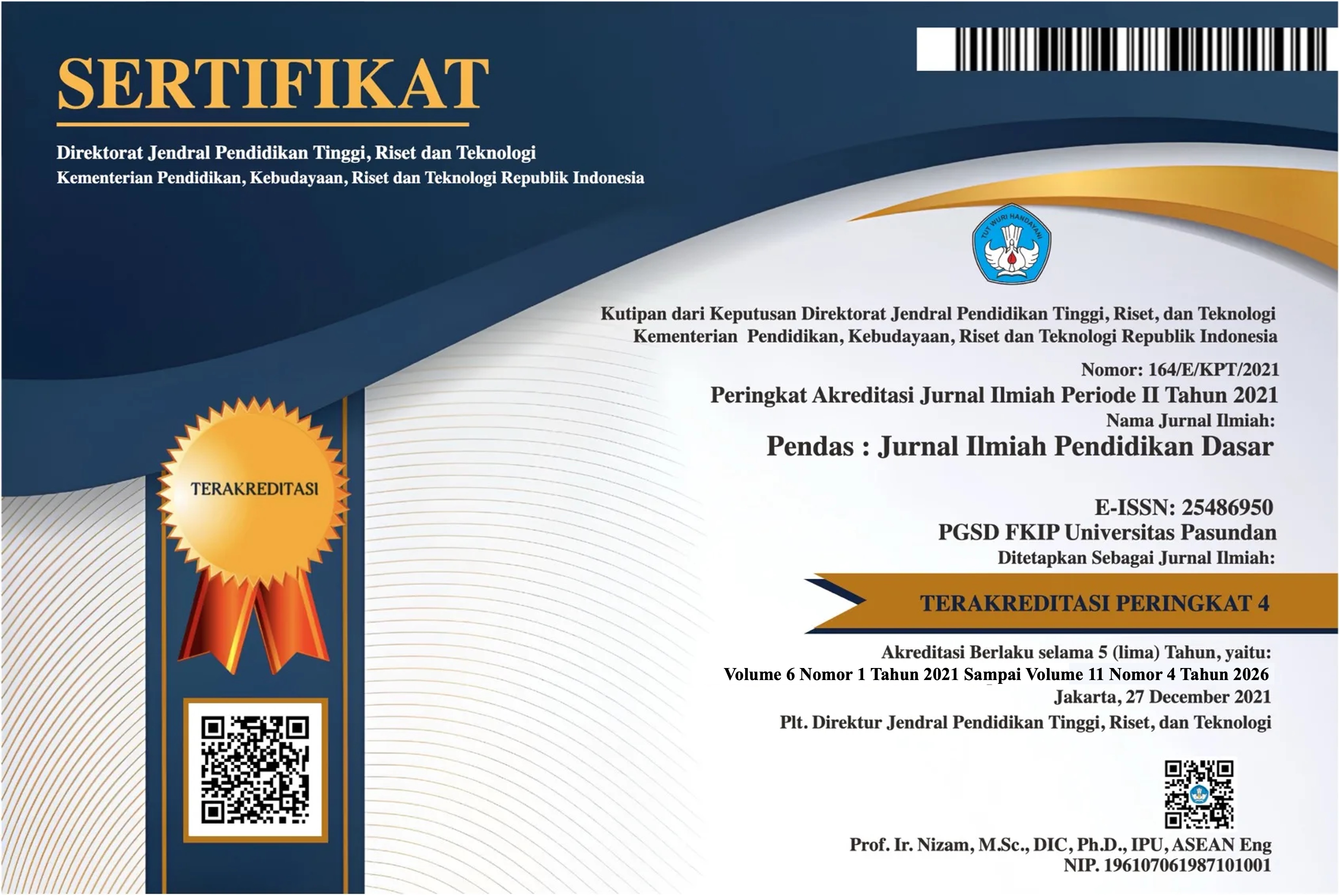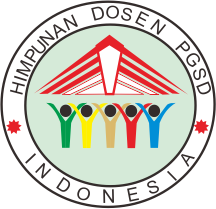SELF EFFICACY PADA ANAK TUNADAKSA : LEVEL, STRENGTH, GENERALITY
DOI:
https://doi.org/10.23969/jp.v10i01.21036Keywords:
self efficacy, quadriplegic child, elementary schoolAbstract
Self efficacy is a belief held by an individual regarding their abilities or potential, so that they can achieve the desired goals using their own means. Self efficacy owned by every individual, including disabled children. A quadriplegic child is a child who has a physical disability so that the child experiences physical problems or limitations in mobility like other people. This research aims to find out self efficacy in children with disabilities. The type of research used is qualitative research with a case study method. This research was carried out at Gunungsari Elementary School, Madiun Regency. Based on the research conducted, there are three aspects self efficacy in disabled children. First, the aspect of the task difficulty level (level) which includes behavior that is felt capable of and behavior that is avoided because it is felt to be beyond the limits of ability. Second, the aspect of strength level (strength) which includes optimism in learning and completing assignments. Third, the generalization aspect (generality) which includes self-confidence in a particular activity and self-confidence in a varied set of activities and situations. For example, in the academic field, WWN always completes the tasks given by the teacher, including smart students and in the non-academic field they still take part in PJOK learning according to their circumstances, but take part in PJOK learning only doing activities that they feel capable of. For example, in throwing a ball, continue to follow the exercise carefully with other students and avoid behavior because it is felt to be beyond your limits. When at home, he does assignments independently and is optimistic about completing assignments accompanied by his parents.
Downloads
References
Abdul Rauf, S. H., & Rosli, N. F. (2021). A Review Paper on the Definition of ‘Disability and Employment.’ International Journal of Academic Research in Business and Social Sciences, 11(2). https://doi.org/10.6007/ijarbss/v11-i2/8581
Afiyah, A. R. (2019). Penanganan Pembelajaran Pada Anak Berkebutuhan Khusus Terutama Pada Tuna Daksa Di MI Nurul Huda Sedati.
Agusthia, M., Sari, R. P., & Noer, R. M. (2021). FACTORS RELATED TO ASSESSMENT OF MOM’S SELF-EFFICACY IN CARING FOR CHILDREN WITH DISABILITIES IN SLB PELITA NUSA PEKANBARU. In International Journal of Social Science (IJSS) (Vol. 1, Issue 1).
Angkat, O. :, & Pancawati, H. (2016). SELF EFFICACY ANAK TUNADAKSA DI SD NEGERI MARGOSARI SELF EFFICACY OF PHYSICAL DISABILITY CHILDREN AT SD N MARGOSARI. In Jurnal Pendidikan Guru Sekolah Dasar Edisi (Vol. 15).
Assyakurrohim, D., Ikhram, D., Sirodj, R. A., & Afgani, M. W. (2022). Metode Studi Kasus dalam Penelitian Kualitatif. Jurnal Pendidikan Sains Dan Komputer, 3(01), 1–9. https://doi.org/10.47709/jpsk.v3i01.1951
Barnes, C., Mercer, G., & Oliver, M. (1996). Chapter 3 (in “Exploring the Divide”, edited by DEFINING IMPAIRMENT AND DISABILITY: ISSUES AT STAKE. The Disability Press.
Candra Guzman, K., & Oktarina, N. (2018). Sejarah Artikel: Diterima Februari. http://journal.unnes.ac.id/sju/index.php/eeaj
Hastuti, D., Endang, D., & Sartinah, P. (2015). Peningkatan Kemampuan Gerak Motorik Kasar Melalui Permainan Basket Modifikasi Siswa Cerebral Palsy Kelas II & III SLB Negeri Juwetkenongo Porong-Sidoarjo.
Husna, ul, Ni, L., Maula, matul, & Fitri Wulandari, N. (2021). Al-Ishlah Peran Orang Tua Dalam Pendidikan Agama Islam Terhadap Anak Berkebutuhan Khusus.
Kristian Siahaan, M. (2022). Education For Children With Special Needs.
Persitia, L. (2019). Peran School Well-Being Terhadap Self Efficacy Pada Penyandang Tunadaksa Sekolah Menengah Pertama.
Pratiwi, I. (2014). Resiliensi Pada Penyandang Tunadaksa Non Bawaan.
Puspitasari, Y. (2022). Penerimaan Diri Penyandang Tuna Daksa.
Rahma, R. O., Rahmawati, V., & Setyawan, A. (2022). Pengaruh Kejenuhan Terhadap Konsentrasi Belajar dan Cara Mengatasinya pada Peserta Didik di SDN 1 Pandan. 6(2).
Rakhmawati, Y., & Mustadi, A. (2019). Self-efficacy in Primary Schools Students as Potential Characters: From the Perspective of Students’ Self-ability and Interest. Mimbar Sekolah Dasar, 6(1), 55. https://doi.org/10.17509/mimbar-sd.v6i1.15221
Rustika, I. M. (2012). Efikasi Diri: Tinjauan Teori Albert Bandura. BULETIN PSIKOLOGI, 20.
Sulasminah, D. (2013a). Kajian Konsep Pengembangan Model Sarana Pendukung Pembelajaran IPA Bagi Anak Tunadaksa.
Sulasminah, D. (2013b). Kajian Konsep Pengembangan Model Sarana Pendukung Pembelajaran IPA Bagi Anak Tunadaksa. 111.
Utami1, I. S., Budi, S., Arnez, G., Yulita, M., & Utami, I. S. (2023). Model Layanan Pendidikan Bagi Anak Tunadaksa Di Sekolah Inklusif Educational Service Modal for Children with Physical Disabilities in Inclusive Schools. Maret, 32(1), 145–152. https://doi.org/10.32585/jp.v32i1.3570
Widodo, Z. D., Malik, E. A., W, I., & Ismaryati. (2014). Meningkatkan Gerak Kasar Anak Tunadaksa Ringan Melalui Pendekatan Bermain.
Zulfan, O. :, & Rahman, H. (2018). Interaksi Sosial Siswa Tunadaksa Social Interaction Of Student With Physical Disability.
Downloads
Published
Issue
Section
License
Copyright (c) 2025 Pendas : Jurnal Ilmiah Pendidikan Dasar

This work is licensed under a Creative Commons Attribution 4.0 International License.



















